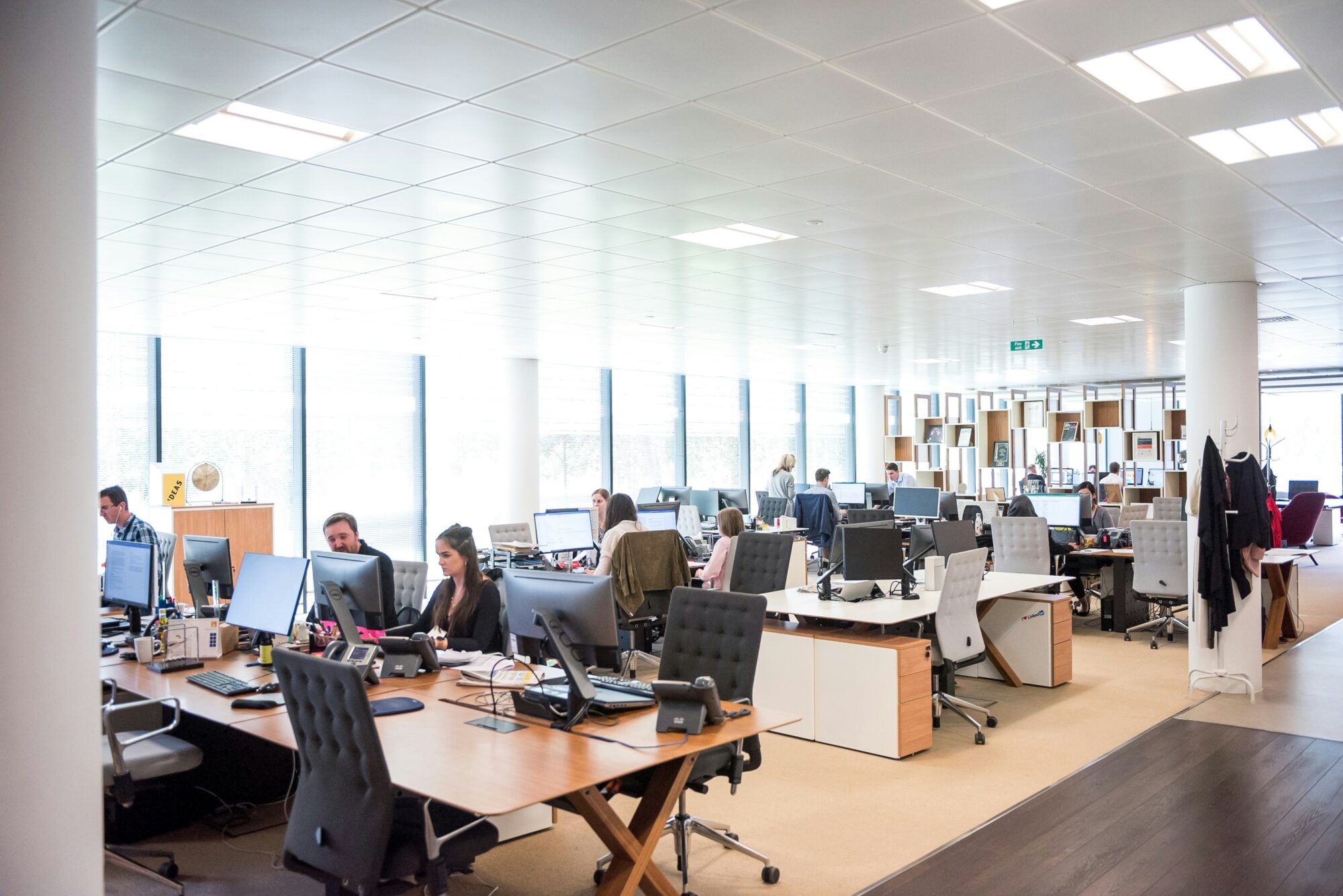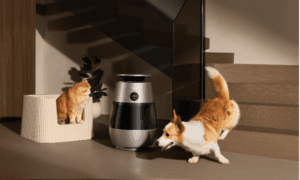Every workplace is a dynamic hub of activity where teams collaborate to achieve goals, innovations emerge, and sensitive information is stored or exchanged. With so much at risk, security can no longer be treated as an afterthought. Threats have evolved, and depending on antiquated safety measures leave too many weaknesses exposed. Physical safety and digital protection now go hand in hand and together create a whole system that fits the demands of contemporary workplaces without slowing down advancement or upsetting the flow of business.
1. Upgrading Access Control Systems for Smarter, More Restrictive Entry Points
Limiting who can enter a building or sensitive zone is about knowing exactly who is inside, where they are, and when they accessed particular areas, not only about keeping outsiders out. Modern access control systems have developed from basic keycards into robust platforms that incorporate role-based permissions, time-sensitive entry rights, and biometric authentication. These technologies give you real-time data about movement on the property and lessen reliance on physical keys, which are readily lost or copied. By using tiered clearance levels, staff members only have access to the areas needed for their responsibilities, therefore reducing internal mishandling possibilities. In an emergency, this layer of control is also quite important since it enables precise, quick lockdown or evacuation policies.
2. Reinforcing Entry Points with Modern Surveillance and Monitoring Systems
Without a strong surveillance system, no workplace security upgrade is complete. Artificial intelligence combined with high-resolution cameras offers more than simply records; they spot suspicious trends, alert you to unusual behavior, and offer real-time actionable knowledge. Red flags like forced entry, tampering, or after-hours loitering can be distinguished from regular office movement by smart cameras. Beyond the workplace, this visibility covers parking areas, loading docks, and back doors where hazards can go unnoticed. Beyond deterrents, contemporary surveillance systems enhance general situational awareness and offer important evidence during investigations. They function as a digital watchtower, constantly alert and responsive to the pace of your workplace.
3. Strengthening Cyber-Physical Connections Through Integrated Technologies
As more devices and systems become interconnected, the distinction between physical and digital security blurs. If security is lacking, a compromised smart thermostat or printer can act as a backdoor into more extensive networks. By aggregating alarms, network defenses, employee credentials, and surveillance into one unified system, integrated security technologies match your workplace. Alerts from various systems, whether brought on by firewall breaches or illegal door access, feed into a single response hub when dashboards are unified. This helps your team to see the whole picture and accelerates threat identification and containment. Among these improvements, commercial security solutions stand out for providing flawless integration between several platforms, therefore ensuring that both physical and digital vulnerabilities are addressed with equal urgency.
4. Implementing Secure Visitor Management That Tracks and Logs Every Entry
Visitors, builders, and temporary workers add uncertainty to otherwise safe surroundings. Without a good check-in system, it is impossible to follow their movement in real-time or confirm who is in your facility. Modern logbooks are replaced with digital kiosks that provide scannable badges, collect identity, and even offer NDAs or safety instructions before entrance on secure visitor management systems. These technologies produce an exhaustive visitor record that improves openness and responsibility. You make sure that temporary permissions don’t become long-term hazards by automatically deleting access once a visitor leaves or the permitted time expires. Apart from a safety precaution, the visibility this offers reflects professionalism and preparedness.
5. Focusing on Emergency Preparedness Through Automated Alerts and Response Tools
The lack of a real-time reaction strategy in your company could damage even the most sophisticated security system. Within seconds of identifying a threat, emergency preparedness solutions operate proactively by generating notifications across several channels—text, email, and PA systems. Whether it’s an environmental danger, break-in, or fire, these devices coordinate quick communication and simultaneously shut down high-risk zones or initiate surveillance. Two-way communication is also provided by most successful systems, which let staff members verify safety or document further issues. Your ability to react swiftly, clearly, and controllably becomes the ultimate test of your security strategy as threats increase in scale and speed.
Conclusion
Security in the workplace is not about fear; it is about foresight. When your systems evolve to meet current threats and work in tandem rather than in isolation, you create an environment in which teams feel confident, focused, and safe. Smart improvements demonstrate how seriously you regard the stability and safety of your place, not only respond to external pressure. Each layer of protection you add not only prevents threats but also reinforces trust, dependability, and the long-term health of your operation.



































